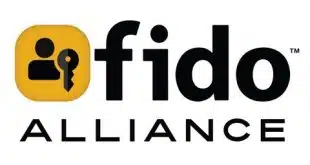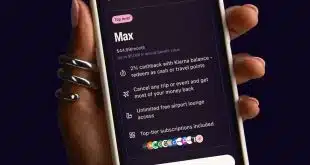Up to now, PayPal Holdings Inc.’s Venmo payments service has been strictly a mobile person-to-person product appealing largely to twenty-somethings, but within a year users will be able to pay with Venmo at PayPal merchants if the parent company’s plan works out as expected.
PayPal disclosed Wednesday in its quarterly earnings call that it will start piloting Venmo as a payments service for merchants some time before the end of the year. The test will take place with “selected PayPal merchants,” said Dan Schulman, PayPal’s chief executive, during the call.
By the end of 2016, “hopefully [Venmo merchant payments will] be fully rolled out so that any Venmo user can pay at pretty much almost any PayPal merchant location,” Schulman added. PayPal acquired Venmo in 2013 when it bought its parent and developer, Chicago-based Braintree.
The impetus behind Venmo’s expansion to merchant payments lies in the P2P service’s fast growth coupled with PayPal’s need to widen its transaction margins. Venmo processed $2.1 billion in payments in the third quarter, tripling its volume from the year-ago period. But for the most part, Venmo P2P transactions are free to the user. By making it available for merchant payments, the company can start realizing its ordinary transaction fees, Schulman said.
“This [expansion] provides even more value to Venmo customers and at the same time allows us to start the monetization of our Venmo asset,” he told stock analysts during Wednesday’s call. Pricing for the new service will be on par with the average fee, or take rate, PayPal collects on its existing merchant services. “That is the goal and objective that we have with similar take rates,” Schulman said. “No change in take rate.”
This is especially important now. Long known as a payments service for mid-size and smaller online merchants, PayPal has been signing up larger retailers that have the heft to negotiate lower rates. It is now accepted, for example, at 73 of the 100 largest U.S. online merchants, as ranked by Internet Retailer magazine.
“We are having more strategic conversations on a daily basis with the largest merchants than we have ever had before,” Schulman noted during the call. Recent signings include Macy’s, REI, and Symantec. Macy’s, indeed, will accept PayPal in its stores as well as online.
The campaign to enlist large retailers is taking a toll on PayPal’s average transaction fee. Its third-quarter take rate was 3.24%, down 16 basis points from the second quarter and 15 points from a year ago. Its transaction margin, while still relatively healthy, dropped nearly a full percentage point from a year ago, to 62.3%.
One growing factor affecting transaction cost is the expansion of the Braintree unit. Without reporting a number, PayPal said Braintree’s volume is expected to quadruple for the year from what it was two years ago, when it was acquired. But that growth also exerts pressure on margins because of the unit’s concentration in credit cards. Braintree’s cards-on-file base has grown from 56 million to 185 million in two years, according to PayPal.
“As Braintree becomes a greater percentage of our volume, the higher credit card mix results in increased transaction expense,” said John Rainey, PayPal’s chief financial officer, who also spoke during the earnings call.
PayPal reported strong growth in several closely watched areas. Its user count totaled 173 million active accounts, up from 169 million in the second quarter and from 157 million in the same quarter last year. The company has been adding accounts at a steady rate of about 4 million per quarter. Total payment volume was $69.7 billion, up from $67.5 billion in the second quarter and $58.3 billion a year ago.
Some 24% of that volume stems from mobile devices, up from 20% a year ago. Key to mobile growth for PayPal is the rollout of its One Touch technology, which it introduced earlier this year after it was developed by Braintree. The technology combats cart abandonment by allowing users to initiate transactions with a single click. Schulman reported half of the Internet Retailer 500 merchants, and 1 million merchants globally, have enabled One Touch, while 7 million consumer users worldwide have opted in for it.
PayPal is also providing technology for mobile transactions through Paydiant, a company it acquired earlier this year. Paydiant’s barcode-based system is the foundation for the CurrentC mobile-payments service from Merchant Customer Exchange LLC, a consortium of 40 major U.S. merchants.
Overall, PayPal generated 1.22 billion transactions for the quarter, up from 1.16 billion in the second quarter and from 972 million in the same period in 2014.




